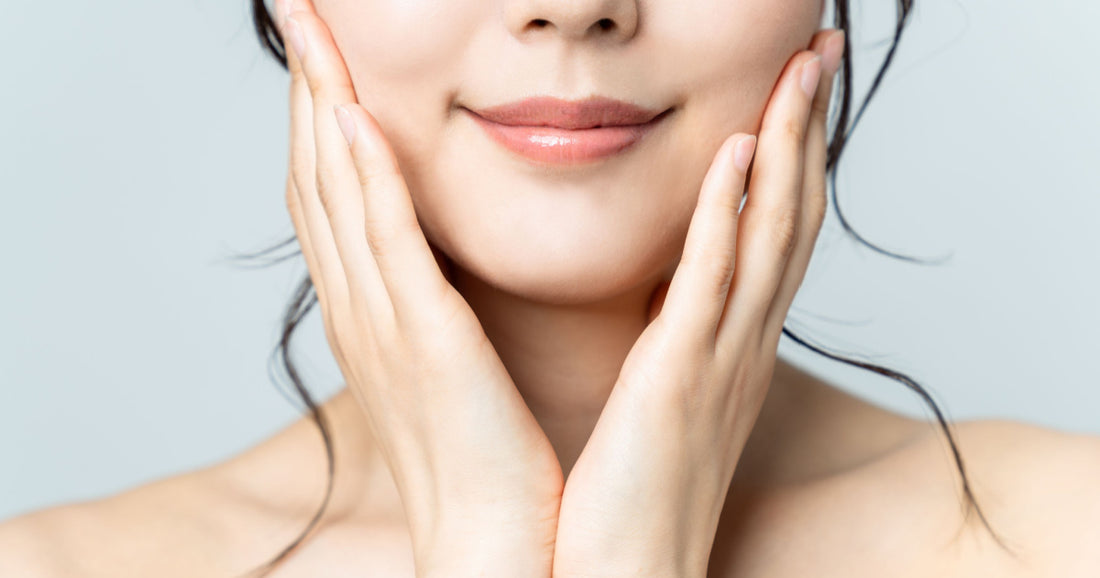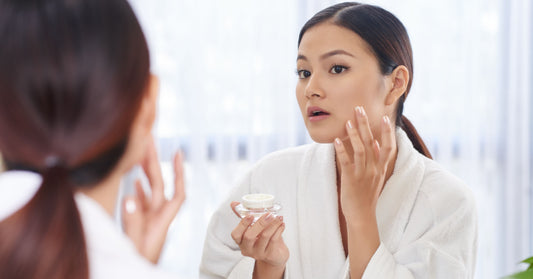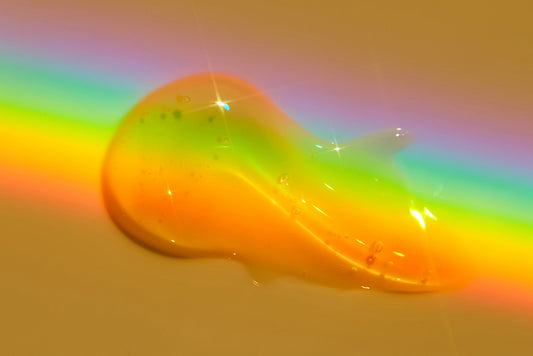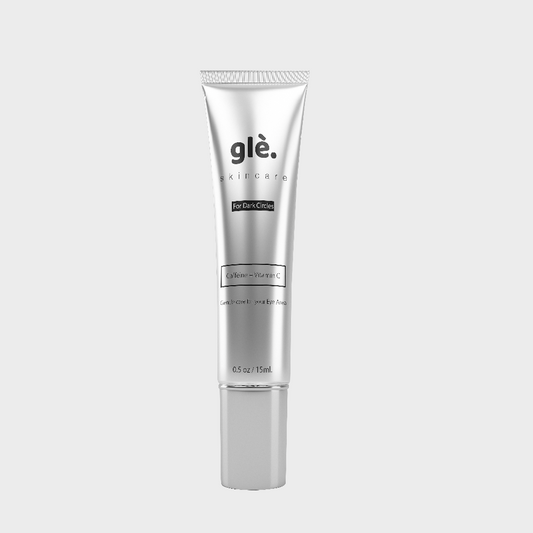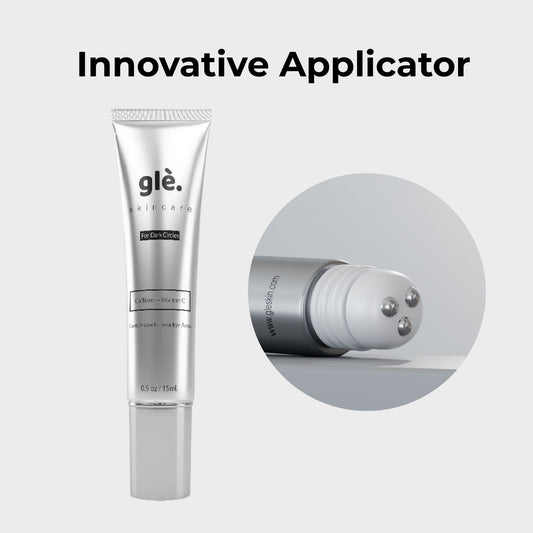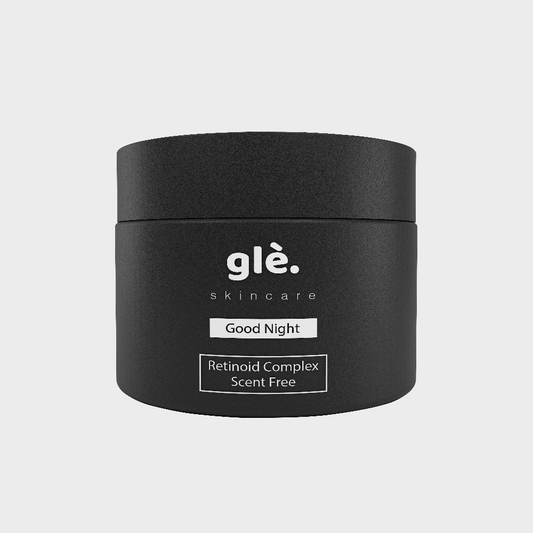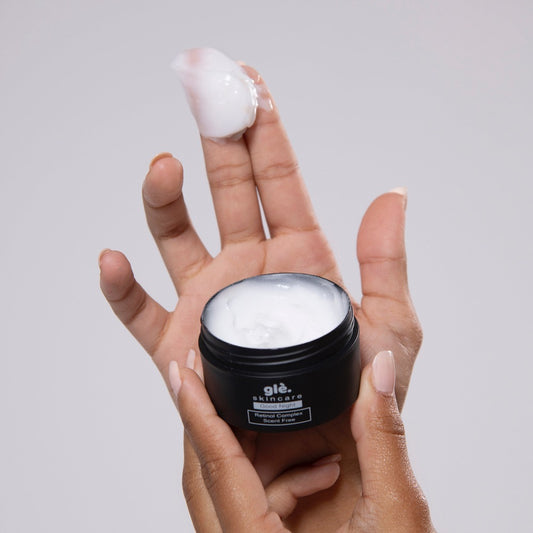The million-dollar question is how to effectively get rid of wrinkles. Skincare companies will have you believe their products are the best but have you looked at the ingredients recently? Dangerous compounds like Sodium Lauryl Sulfate (SLS) and Sodium Laureth Sulfate (SLES) are frequently used in your anti-wrinkle creams, serums, and other formulas. Let’s say no to harmful ingredients and look for ones that are all-natural, yet still effective.
Find out the ingredients that dermatologists recommend to keep your skin younger-looking longer.
Retinol
Retinoids, such as retinol, are among the most widely tested anti-wrinkle ingredients. Topical retinol can speed the process of cell turnover, shedding dead skin cells faster. Not only do dead skin cells clog pores and make skin dull looking, but they can also accelerate skin aging.
Additionally, some researchers believe that retinol increases collagen production to reduce lines and make the skin appear smoother. You can find retinol in many anti-wrinkle skincare products, including the Good Night Cream by Gle, which contains 0.02% retinol. You may experience some irritation when you first use retinol, but your skin will adapt over time. If it doesn’t, try using a gentler retinoid.
Vitamin C
We dub this anti-wrinkle ingredient an oldie but a goodie. You can find vitamin C in many skincare products today, as it brightens the skin and protects it against free radicals (internal and external). This antioxidant is a powerful ingredient to get rid of wrinkles, but it doesn’t play well with many other beloved ingredients. It’s recommended that you never use AHAs, BHAs, retinoids, and niacinamide with vitamin C.
Gle incorporated vitamin C in Glè for Dark Circles, a soothing cream that hydrates the gentle skin under your eyes to reduce puffiness, redness, and dark circles. If you experience these afflictions, give it a try!
Niacinamide
Here is an ingredient that has increasingly grown in popularity over the last few years, accruing a mass following that includes skin care gurus and dermatologists alike. A form of vitamin B3, niacinamide is popular because it has multiple uses.
Here’s a snapshot of what it can do:
- Fight free radical damage (internal and external!)
- Brighten dark spots (goodbye, pigmentation!)
- Treat acne
- Treat skin conditions without severe irritation
- Help fade fine lines and wrinkles
You can add niacinamide to your skincare routine in several ways: many serums, cleansers, and moisturizers on the market contain this anti-wrinkle ingredient, including Gle Face Moisturizer with Niacinamide. With a powerful mix of niacinamide and chamomile extract, your skin will feel hydrated, plumper, and fine lines and wrinkles may reduce over time. Use daily to see results!
Glycolic Acid
This exfoliating ingredient is one of the most popular alpha hydroxy acids (AHAs) in the skincare industry. It gently dissolves the skin cells to reveal the smoother, younger-looking skin underneath. Don’t forget, dead skin cells don’t just clog pores but accelerate skin aging. Add products containing glycolic acid as the main ingredient to reduce the signs of aging, like hyperpigmentation, fine lines, and wrinkles.
Ceramides
The fatty acids in your skin are called ceramides. Fatty acids benefit your skin in so many ways, such as protecting the skin barrier. When your skin barrier functions improperly, it can lose hydration and cause dryness, which can trigger fine lines, wrinkles, and crepey skin.
Ceramides are one of the protective anti-wrinkle ingredients – while they don’t directly treat wrinkles, they protect the skin against damage that can exacerbate premature aging. To counter dryness, look for ceramides in moisturizers and night creams.


